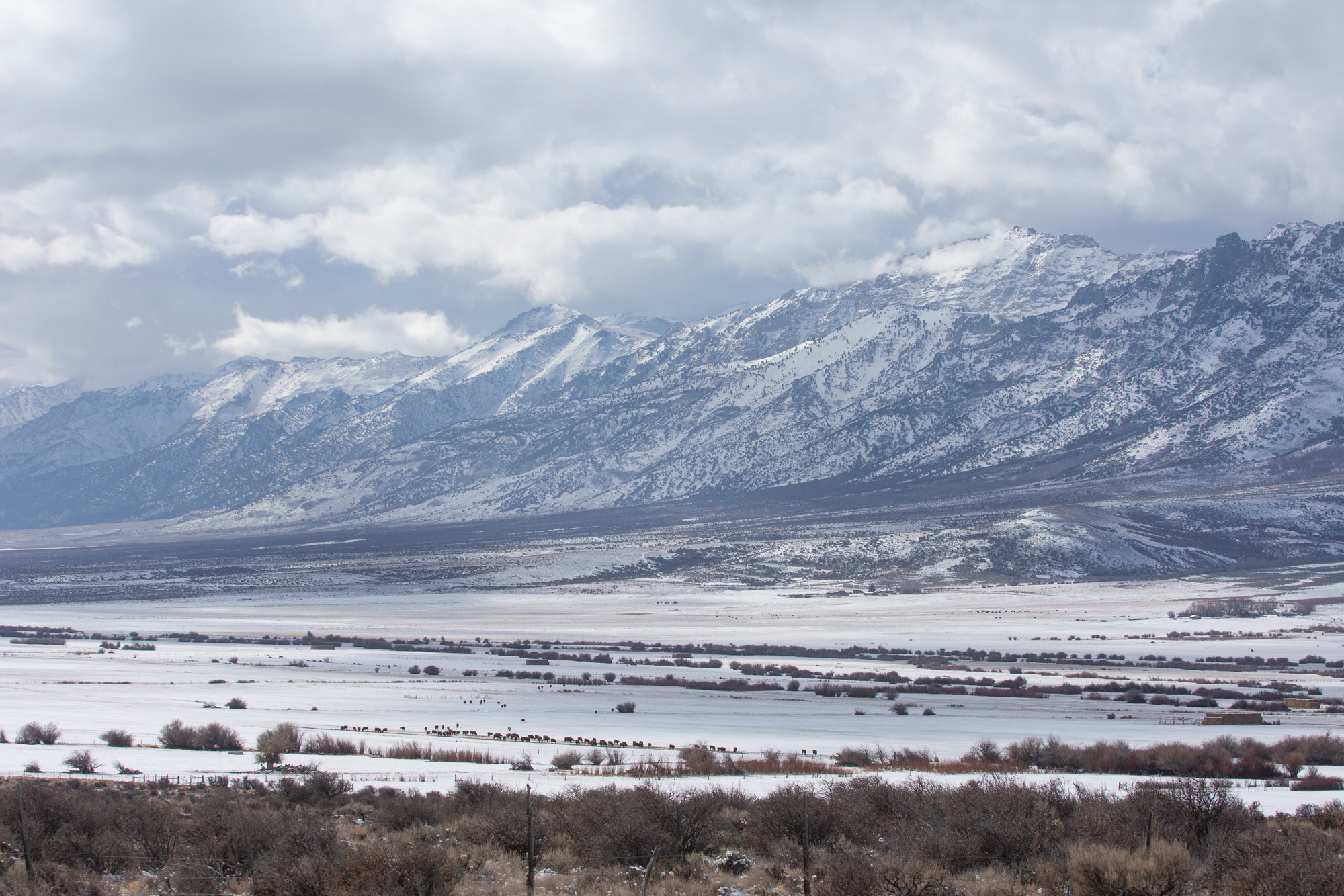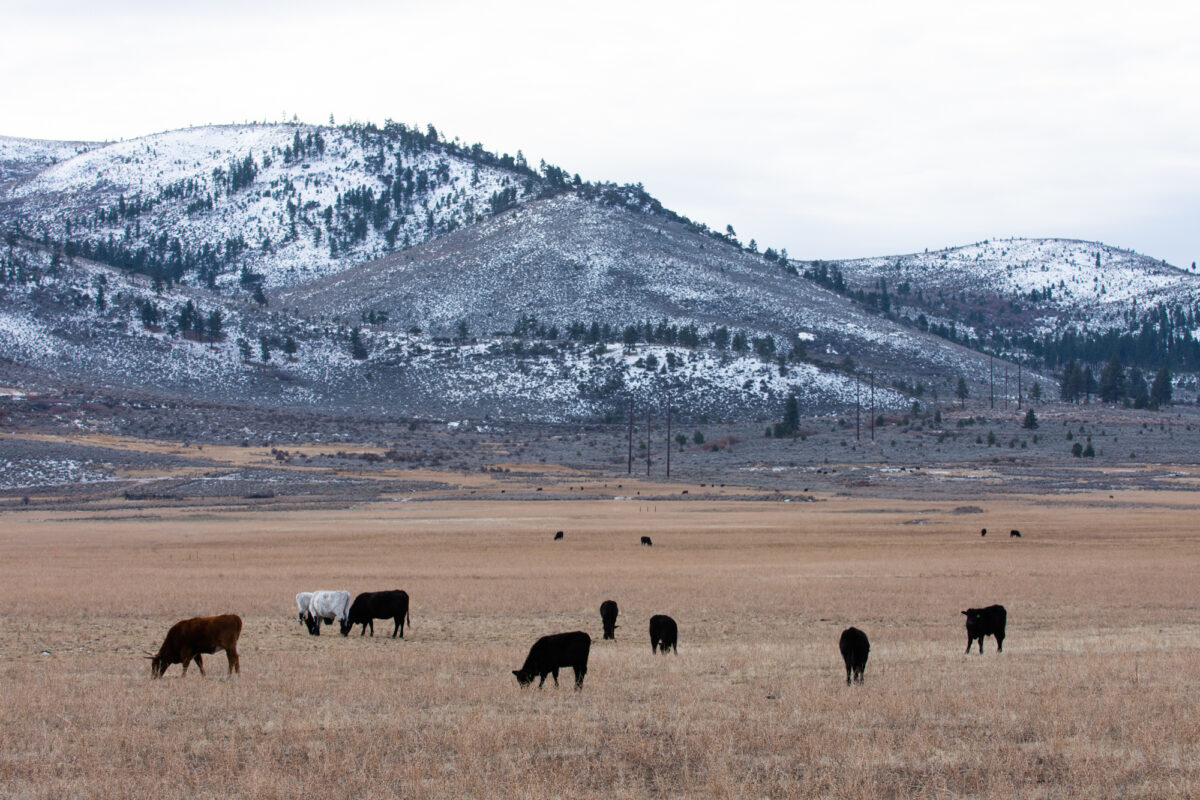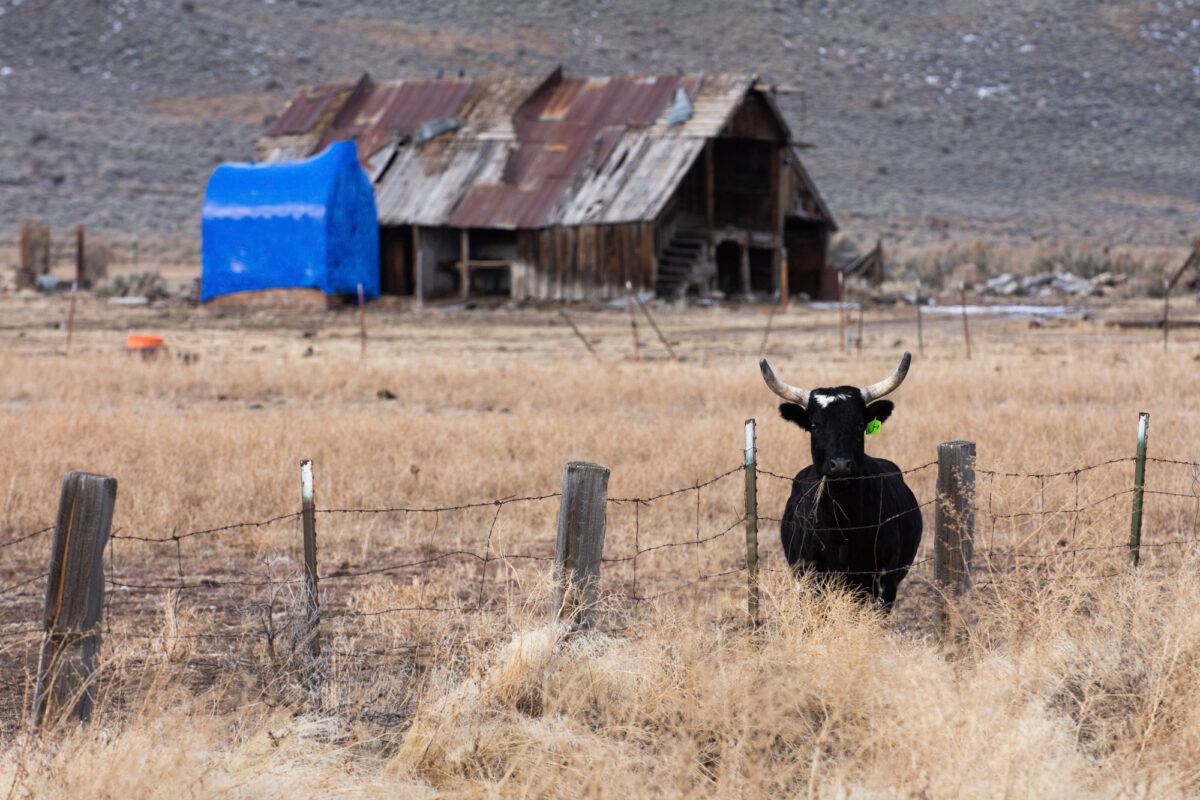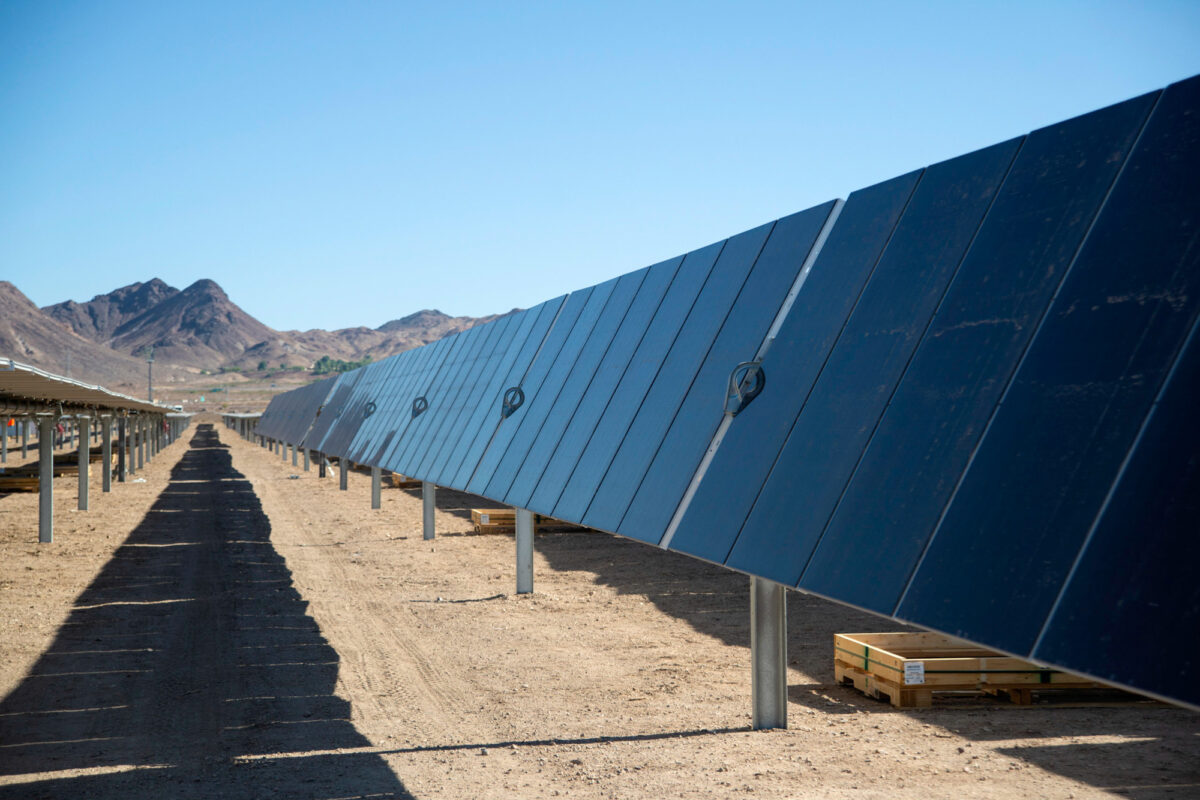Conservationists, ranchers split on BLM’s Public Lands Rule. What does it mean for Nevada?

A proposed rule by the Bureau of Land Management (BLM) looking to put conservation on equal footing with other public land uses — such as oil and gas leases, solar energy development, grazing and mining — represents a potentially seismic shift in how millions of acres across Nevada are managed.
Two-thirds of Nevada’s land is overseen by the BLM, and the agency is touting its proposed Public Lands Rule as critical to restoring damaged land and waterways, conserving healthy landscapes and guiding responsible development.
Established in 1946, the BLM manages 245 million acres of public land nationally, with 48 million of those acres in Nevada. Across the West, 155 million acres of BLM land are permitted for grazing and another 24 million are permitted for oil and gas, according to Nada Wolff Culver, BLM’s deputy director for policy and programs. In Nevada alone, 43 million acres are permitted for grazing, the most in the nation.
“We’re trying to balance all of those uses and demands,” Wolff Culver said.
Supporters of the rule argue that the BLM has historically favored extractive uses and development over conservation — it wasn’t until 30 years after the agency’s formation that its Federal Land Policy and Management Act (FLPMA) was established, directing the agency to manage its lands for “multiple use and sustained yield.”
Though the management act defines “multiple use” as including “watersheds, wildlife and fish, and natural scenic, scientific and historical values,” those natural uses have been overlooked, according to the agency, and the rule will provide the necessary tools and regulatory framework to address those inequities.
According to environmental advocates, the rule will help protect Nevada’s landscape as a push to transition to renewable energy continues across the state and nation. Nevada is at the forefront of international lithium exploration needed for green energy development, and the state is also pushing to transition to 50 percent renewable energy by 2030, putting pressure on the BLM to analyze an endless stream of permits for solar, geothermal and other projects.
“We have the 21st century gold rush of renewable energy development in Nevada,” said Russel Kuhlman, executive director of the Nevada Wildlife Federation. “The million-dollar question is ‘how are we going to balance conservation with the incredible demand on our landscape for renewable energy?’”
But many of Nevada’s ranchers and agricultural producers who lease land from the BLM for grazing have been burned by bureaucratic red tape too many times to trust the rule will be anything but another headache, said Jon Griggs, manager of Maggie Creek Ranch near Elko and president of the Nevada Cattlemen’s Association.
Ranchers from throughout the state turned out en masse at an early June meeting in Reno hosted by the BLM; it was just one of three in-person opportunities for those concerned about the rule to share feedback. Most left the meeting feeling unheard.
“The closer you work with the Bureau of Land Management, the more concerned (with the proposed rule) you are,” Griggs said.


The public weighs in
On June 1, BLM representatives stood before a crowd of roughly 200 people at the Reno-Sparks Convention Center.
Conservationists, some adorned in tie-dyed shirts, clustered together on one side of the room; agricultural producers in denim and cowboy hats gathered on the other.
The meeting was palpably tense, with very little middle ground between those who support the rule and those who question it.
More than one attendee reported overhearing Wolff Culver say “we’ve gotta get the hats on board.”
And for some of the “hats,” no number of meetings will get them “on board.” Take Bevan Lister, president of the Nevada Farm Bureau Federation, whose 400-acre Southern Nevada farm is bordered by BLM land.
Lister lives in Pioche, a tiny unincorporated town in Lincoln County. More than 98 percent of the county is federally owned, and 90 percent of that federal land is administered by the BLM.
Throughout the meeting, Lister chortled, grumbled and commented under his breath on the BLM’s presentation.
He questioned why the BLM is finally implementing FLPMA 40-something years after it was put in place.
“This came out of a bubble in D.C.,” he said during a break in the presentation. “Nevada was left out of this conversation.
“This will be a regulatory hammer that will severely impact local economies.”
The Nevada BLM office referred all questions to its national office. The national office did not reply to emails from The Nevada Independent following the meeting.

‘The BLM can’t play the hand they’ve been dealt’
Griggs, the Elko ranch manager, has concerns about the BLM’s timeline for approving projects.
About five years ago, he needed to install three cattle guards on Maggie Creek Ranch. The process should have been simple for the 198,000-acre ranch, and he sought the go-ahead from his BLM rangeland management specialist.
Griggs waited 16 months for approval.
“There are so many layers in the process that our land management agencies are hamstrung,” he said. “Even at full staff, there’s too much to process for what should be simple decisions. And nobody is fully staffed.”
Public Employees for Environmental Responsibility, an organization dedicated to upholding environmental laws and duties, recommends the BLM be staffed at about 15,000 full-time employees; as of June 2022, the agency had less than 9,000. In 2010, the agency had 11,000 full-time employees.
“The BLM can’t play the hand they’ve been dealt,” Griggs said.
Now, he worries what the BLM’s proposed rule will do for the already bogged-down process of ranching in Nevada.
It’s a sentiment shared by at least some in the conservation field.
“They (BLM staff) don’t have the budget or people on the ground to do a whole lot of anything,” said Shaaron Netherton, a former BLM employee who now serves as executive director of Friends of Nevada Wilderness. She’s watched the BLM struggle to keep pace with the number of green energy permit applications rolling in. “I’m hopeful that the rule may help say ‘Whoa, we need to weigh the conservation pieces here with the constant pressure for development.’”
Controversial conservation leases spark concern
A key issue in the proposed rule is conservation leasing.
Under the rule, conservation leases could be used for restoration and compensatory mitigation. For example, if a conservation group wanted to restore mule deer habitat, a conservation lease would provide structure and framework for the project. Or, if a proposed solar or mining project is found to impact bi-state sage grouse, the developer of the project could apply for a conservation lease to protect other sage grouse habitat for the duration of the developer’s project.
The proposed rule would finally give conservation protection and restoration projects the same priority as other public land uses, according to the BLM and proponents.
And, the BLM notes, the conservation leases would not override valid, existing rights.
Griggs, the Elko ranch manager, said most agricultural producers don’t have qualms with the concept of adding conservation into the BLM’s mix of land use purposes. Grazing done right, he said, is a form of conservation.
What he questions is how divergent land uses can have equal footing.
“A conservation rule will not conflict with any other use but rather will be equal to every other use. What does that mean?” he asked. “There’s likely to be conflict.”
We’ve got one shot to get it right’
Those questioning the rule say the BLM’s process of do now, ask later doesn’t help.
Following federal procedure, the rule was drafted and noticed in the Federal Register before any public comment was sought.
Publicly announced in March with comments accepted though June 20, nearly 50,000 have been submitted thus far. But the lack of back-and-forth dialogue between those who the rule will impact and the agency erodes trust and handicaps the process of developing effective policy, Griggs said.
The two virtual meetings, three in-person meetings and the chance to leave a comment online is not much time to work on something that will have long-lasting implications on the majority of Nevada’s public land.
“We’ve got one shot to get it right,” Griggs said. “They didn’t flesh a lot out. They threw it at the wall to see what stuck. And there is no back and forth, so we only get one shot.”
